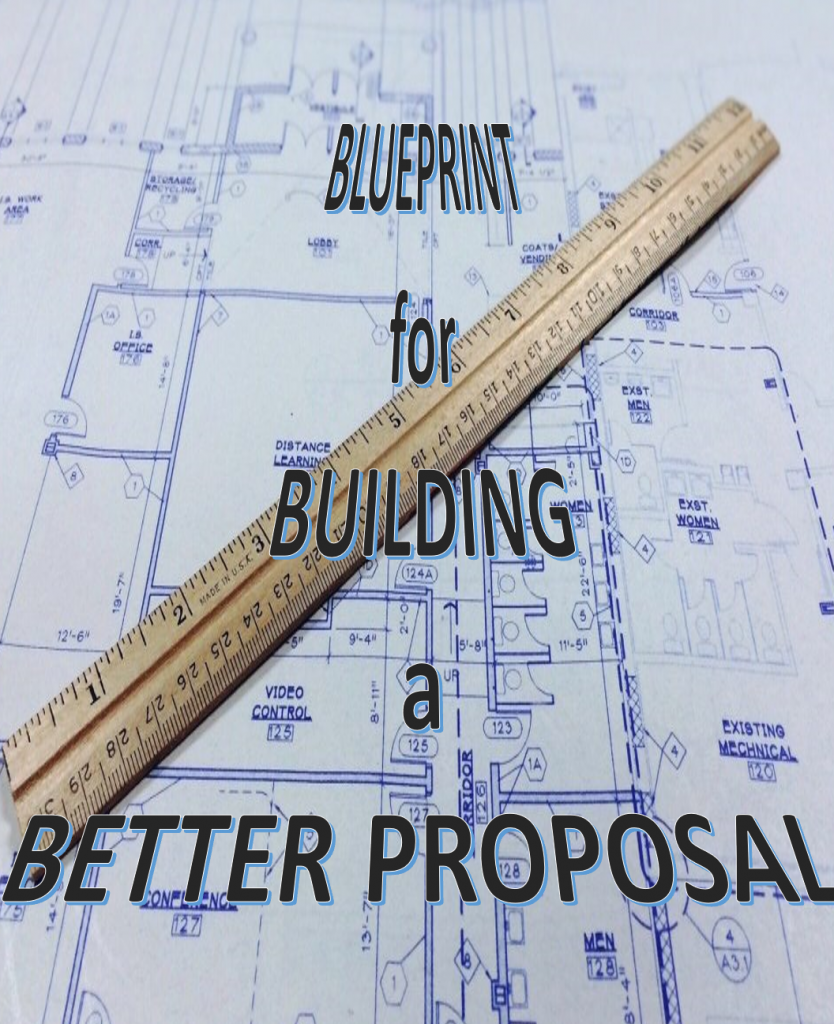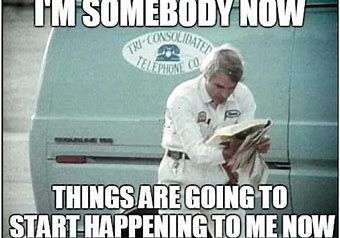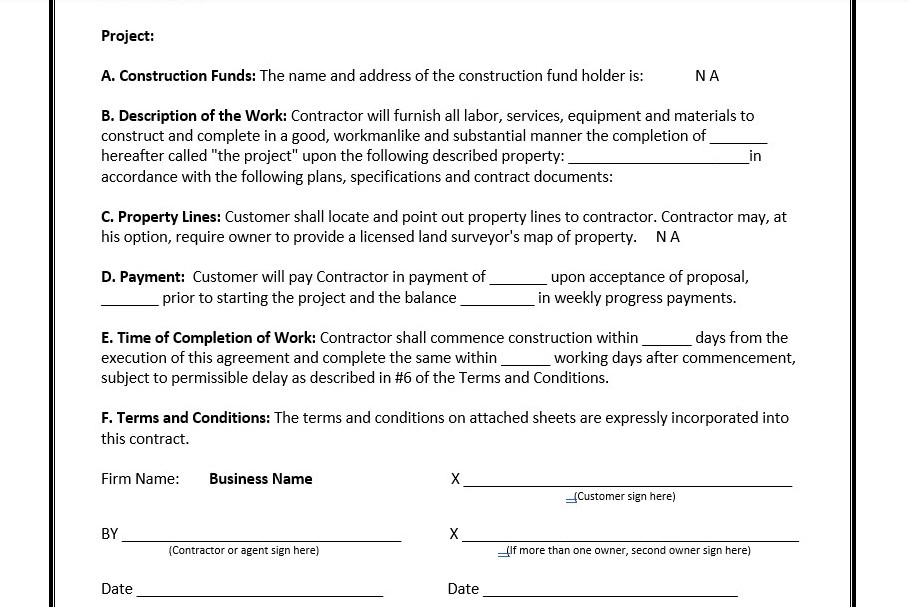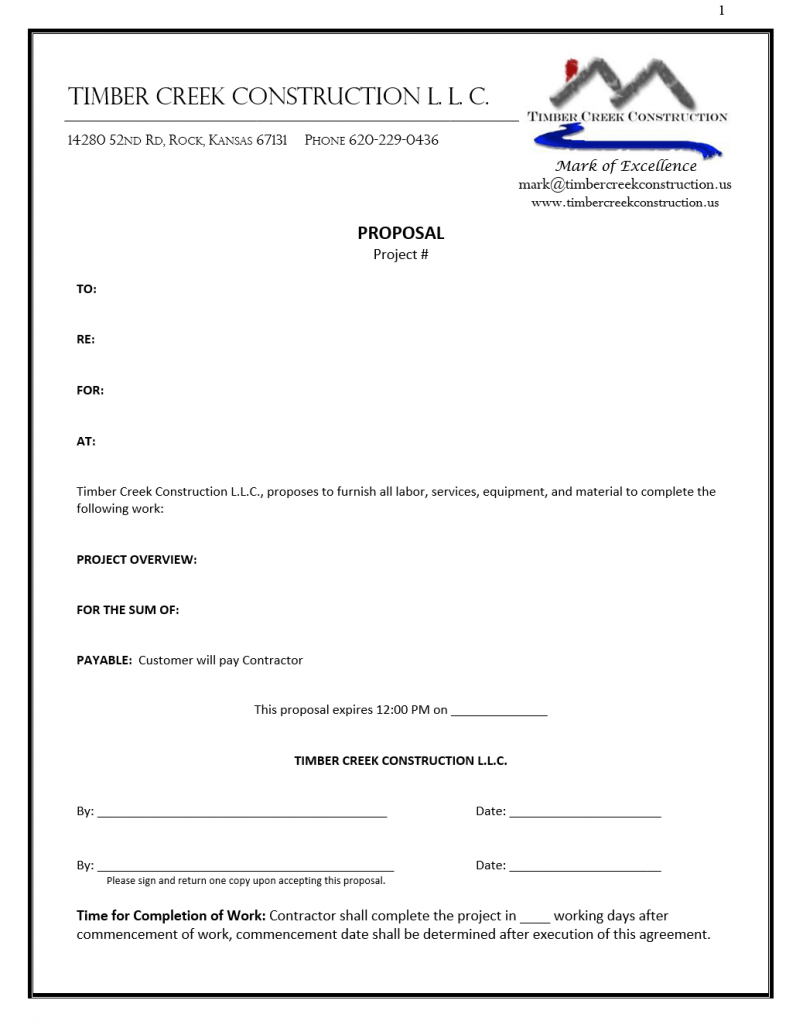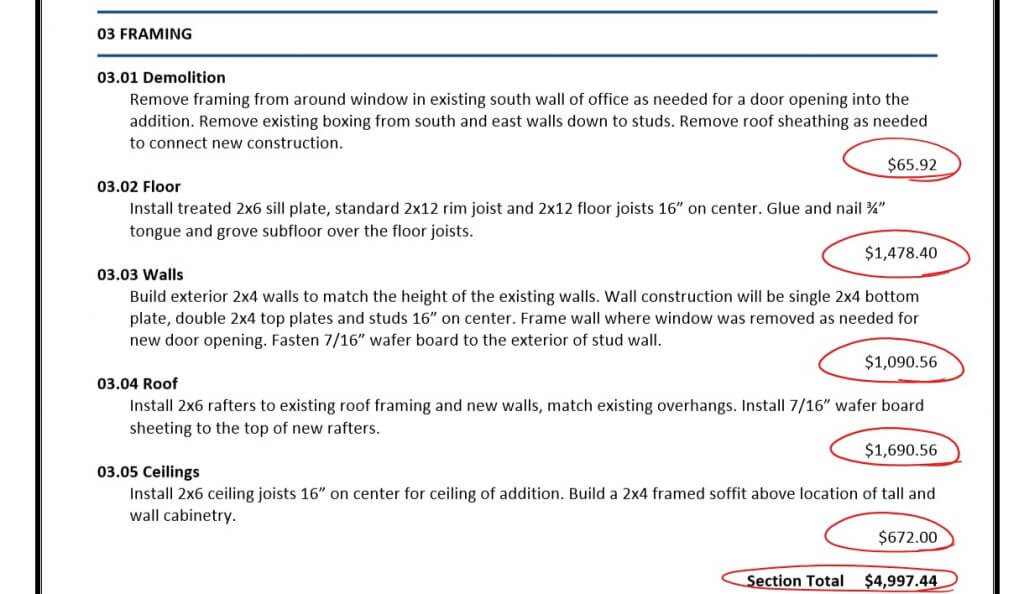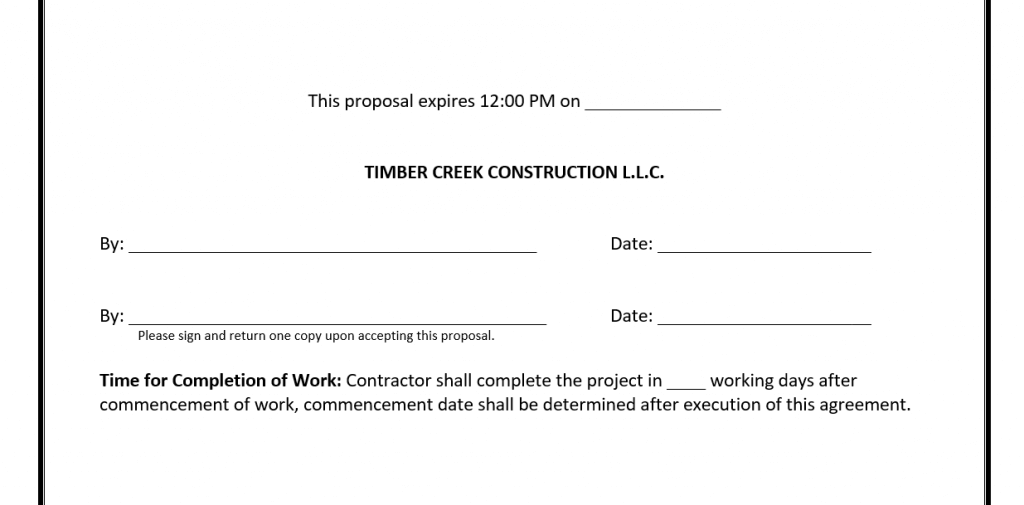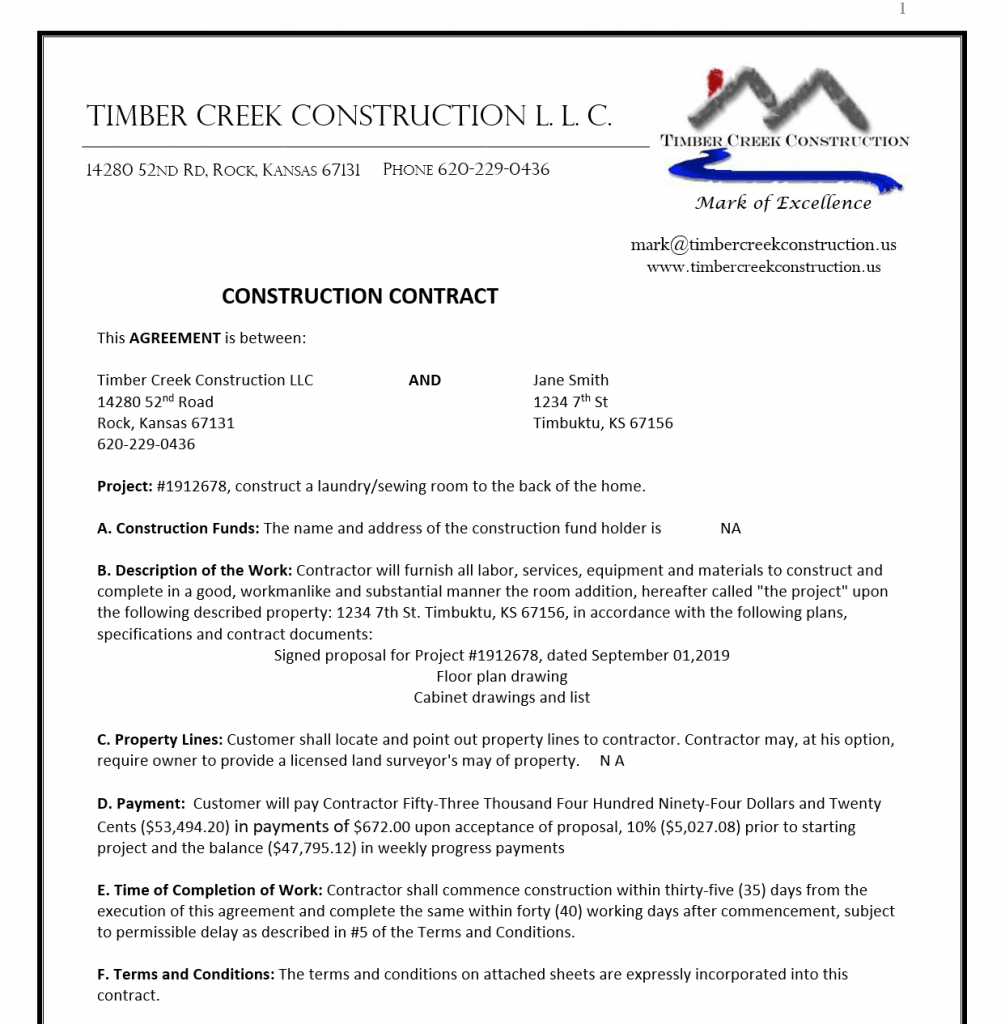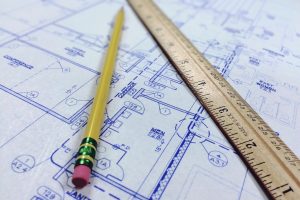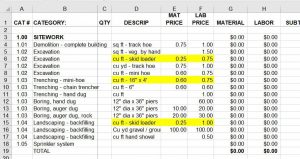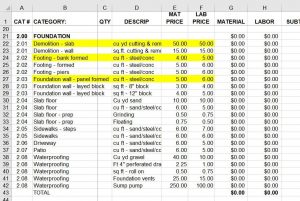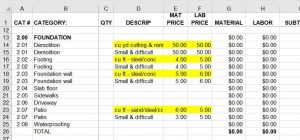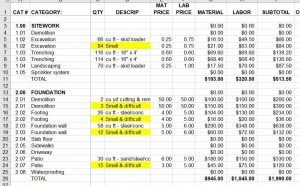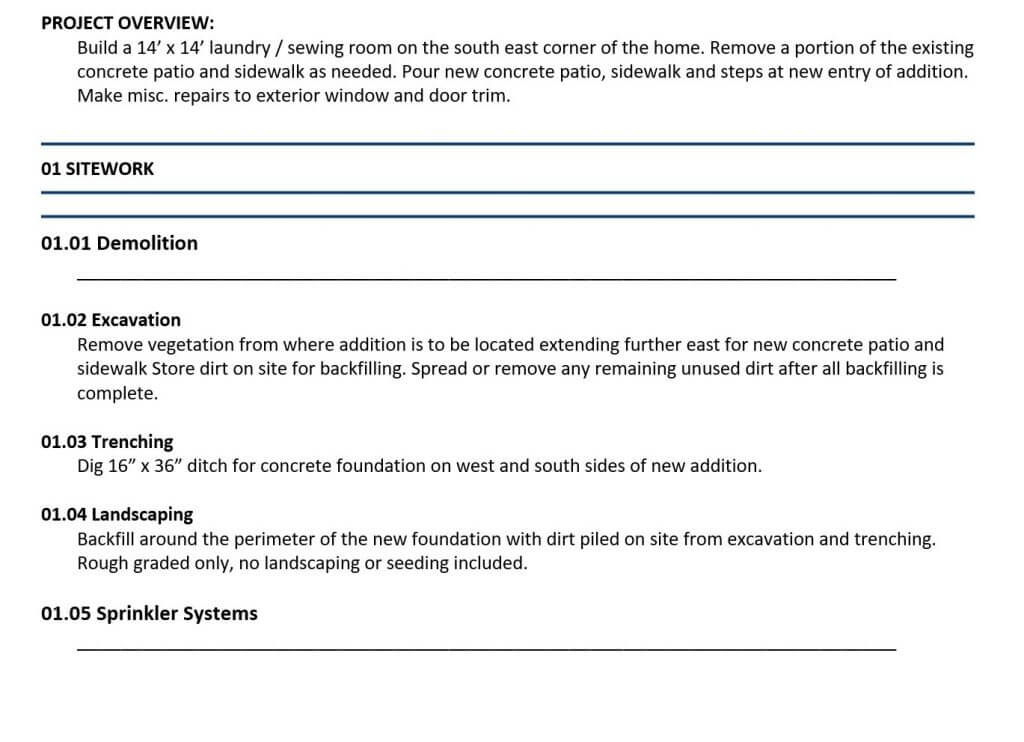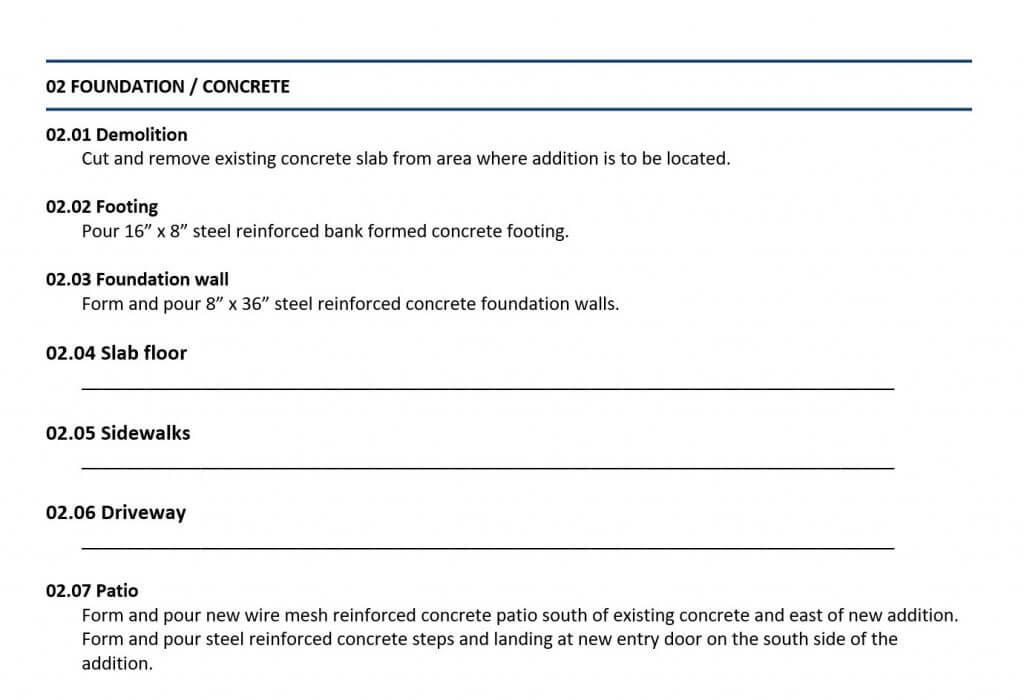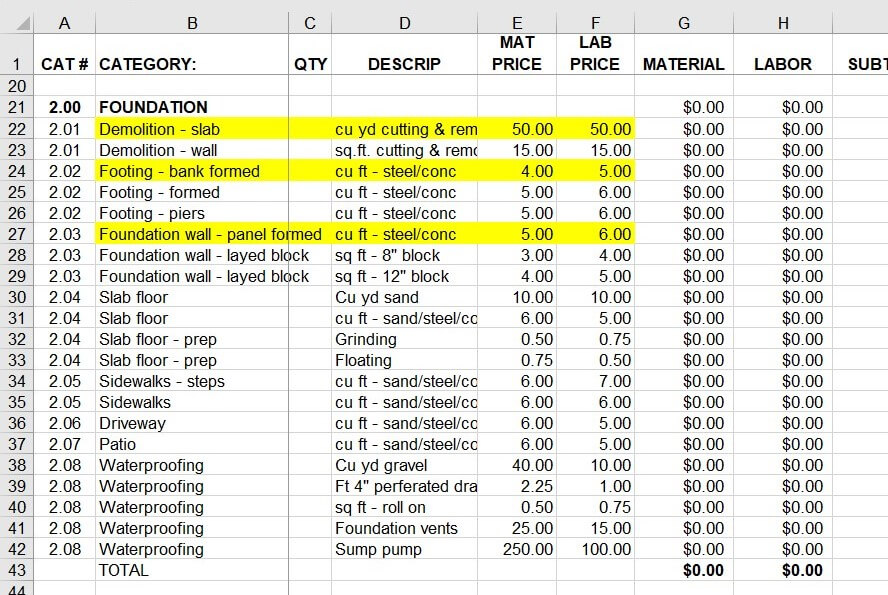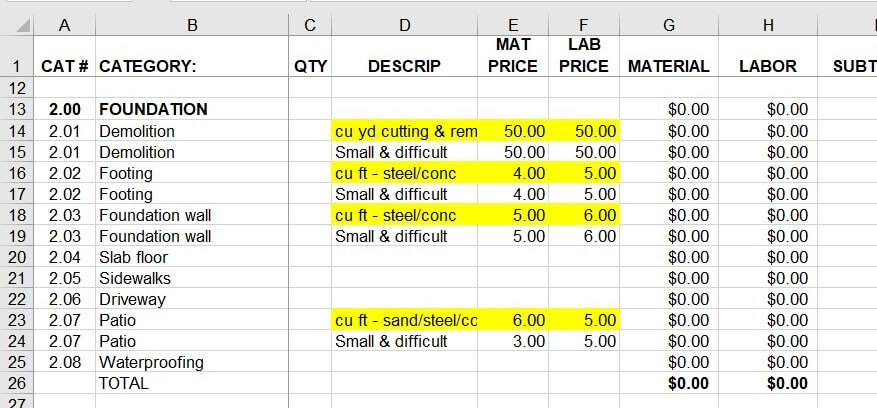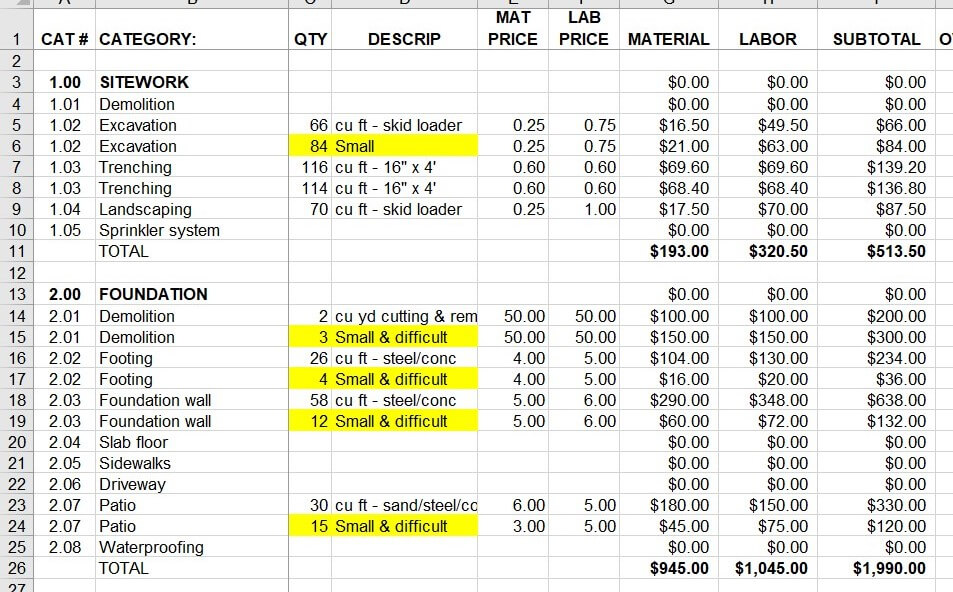And John’s Not Sure He Can Squeeze It In
It’s Friday and John’s in his normal state of overwhelm. He’s supposed to be meeting with Gene tomorrow afternoon to go over the Blueprint for Building a Better Proposal system and he doesn’t know how he can fit it in.

There are still so many things that need to be done.
“Maybe we can reschedule,” thinks John, I’ll just give Gene a call and see about moving the meeting back a week. “Okay, that’s enough.” John says to himself. “The whole purpose for this meeting is to change things, so that I don’t have to feel this overwhelmed.”
I’m tired of always feeling out of control.
John pulls up in front of the XYZ Construction Company office and admires the building. As he gets the pizza out of the truck and goes up to the front door he thinks, “I sure hope I can have a place like this someday.” As he walks through the door Gene greets him with a solid handshake and a grin as he says, “I wasn’t sure that you would make it.”
“I wasn’t sure either.”, John says with a smile. “I came really close to calling yesterday, to see about rescheduling. “I’m glad you didn’t.”, replies Gene. “You’ve taken the hardest in a series of hard steps.”
“The first step is the hardest. It requires a change of thinking and direction.”

“Bring the pizza and let’s go into the conference room.” As they make their way into the spacious comfortable room John thinks back on when they used to have their weekly production meetings in this very room. Looking back, he realizes how much he had taken what Gene has accomplished for granted.
Gene hands John a plate and they both get some pizza. “There’s water and soda in the fridge like always.”, says Gene, “Help yourself.” As they set down and start eating Gene asks John, “Why did you go into construction and start your own company?”
“Why do you do what you do?”
John sat there for a while chewing his pizza at the same time chewing on this question. “Why was he doing this?” He had asked this question a lot, but it was usually a question of frustration, not really looking for an answer.

After what seemed like an eternity, John answered, “I really don’t know. I suppose that seeing what you had accomplished, I wanted the same thing.”
“That’s the same answer I would have given when I started XYZ Construction.”, agrees Gene. “It wasn’t until I realized that to have a successful and profitable business, one that I was running rather than it running me, I needed to make some changes. One of those was to answer this question.”
“The WHY is more important than the HOW. Maybe your why is to make a lot of money, the enjoyment of building, the control that comes with owning your own company, something completely different or a combination of things.”
“Do you love what you do? In your current situation, do you even like it?”
Now John has another unanswered question to ponder. “Does he like what he does. Life sure was easier when he worked for Gene. What is it that prompted him to go into business?”
Gene interrupted John’s thinking, “John you probably won’t get the full answer to these questions today and we’ve already been discussing this for a couple of hours. I would suggest that you take some time to think about these and dig down deep to find the answers.”
“The answer to these questions are the foundation you will build your business on.”
“Before we run out of time today, let’s move on to the topic you came for, Building a Better Proposal. Just like the why question for your business, you should answer the why question about proposals.”
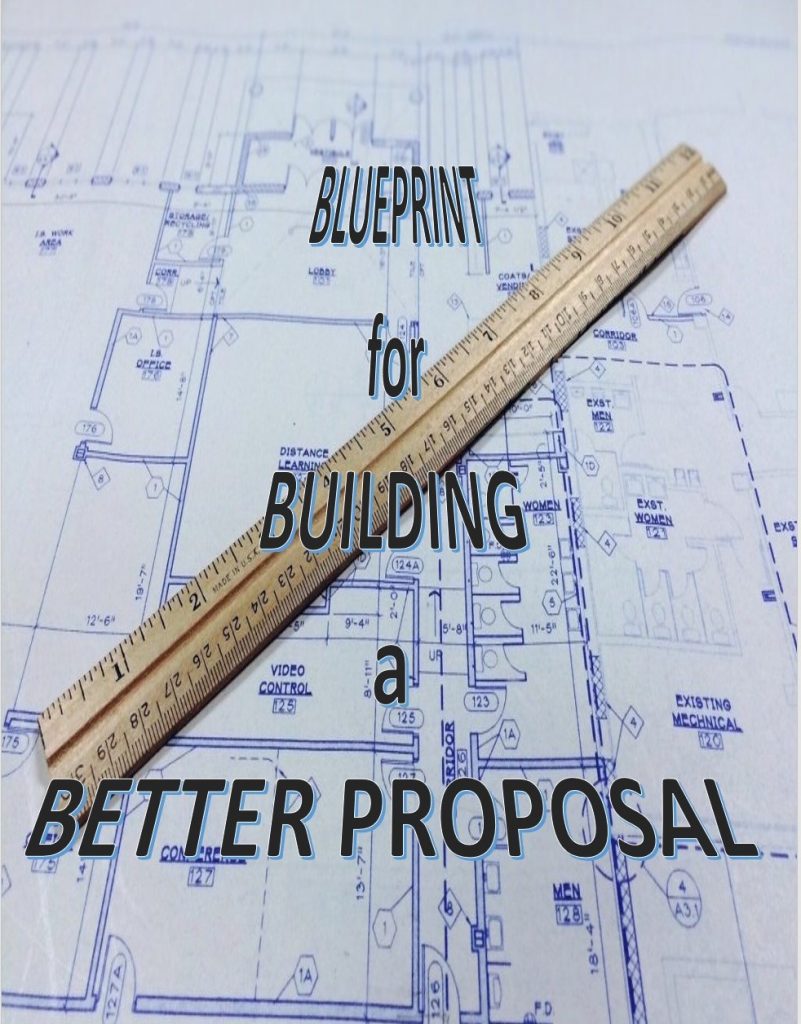
“Why do we need to do proposals?
“John, there is a huge gap between the construction industry and customers. The biggest portion of this gap is poor communication. Even when attempting to communicate clearly it can go badly. Let me give you an example.”
“Several years ago, when meeting with a customer early in the process of building a new home. The customer pointed out that the distance from the electric meter to the house was more than the 50’ allowance, as per the agreement. He asked if this was a problem. He was told it wasn’t a problem. Guess what…”
“It was a problem.”

“The problem didn’t surface until later when the customer was billed for the additional 100’. After some research, the communication breakdown was uncovered. The customer asked, “if it was a problem”. What he really was asking was…”is it going to cost more?”.”
“The response ‘in reality’ was, “It’s no problem to dig the additional 100’, but it will cost you more.” Neither party intended nor expected this to be a problem. It was a simple matter of misunderstanding…a lack of communication.”
The bulk of the communication responsibility is the contractor’s, we are the professionals after all.
“As we wrap up today John, I would recommend that we schedule some time weekly to work through the proposal system. I know that you don’t feel like you can spare the time, but I would point out that if you want things to be different it is going to require you to do some things different.”
John thought about this for a few minutes, “I get excited about the possibilities for my future every time we talk about this. Let’s do it. How does next Saturday, same time and same place work for you?
“If I don’t commit to doing something different, nothing will change.”
Gene got a big smile and remembered when he had made this same decision. He was encouraged about John’s future and excited to be a part of it. “Remember when you called me a few weeks back and how frustrated you were? And then in the next call we discussed the possibilities for your future? Think on these things and your why as you study the pages from today. When we get together next week, I want to hear about your why and we’ll go deeper into the Blueprint for Building a Better Proposal system.
“As you go through them write down any questions you have, and we’ll discuss them next week.”

(or send them to me in the comments below)


















